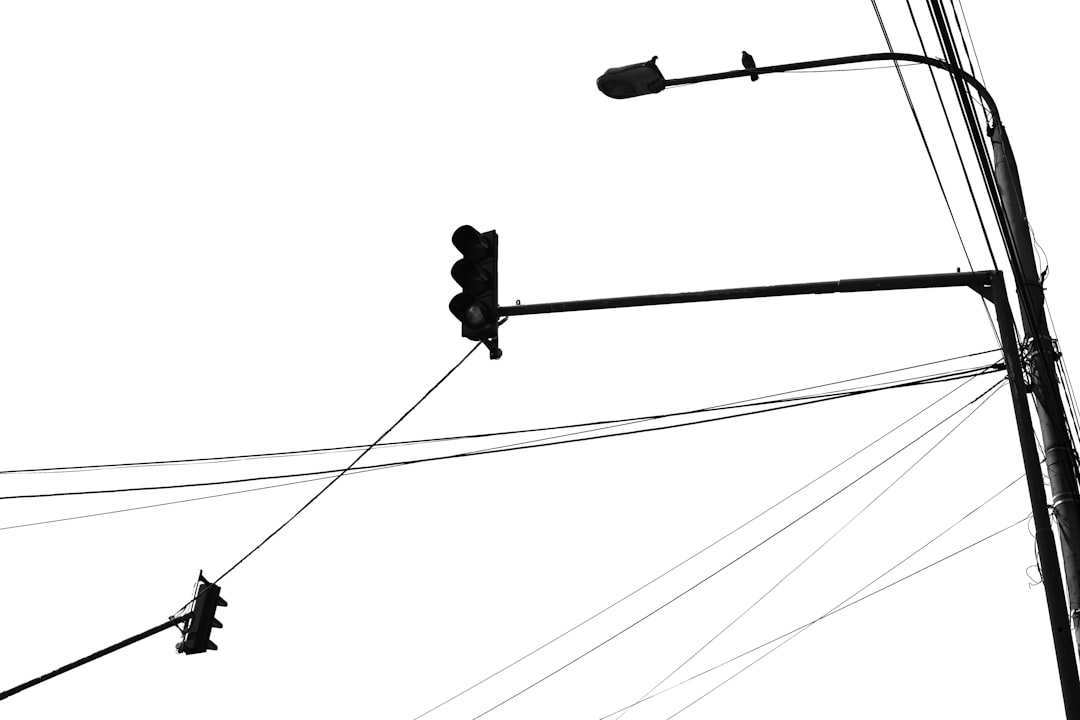So, you want to become a VTuber? That’s awesome! But before you can start dancing, talking, and streaming with your virtual avatar, there’s one important step — rigging your model using AI. Sounds fancy, right? Fear not! We’ll break it down into fun and easy steps.
What is AI Rigging?
AI rigging is the process of preparing your 2D or 3D model so it moves with your face and body. It uses AI tracking to copy your expressions and movements. That’s how your avatar waves, smiles, and even blinks when you do!
Whether you have a super cute anime character, a beastly dragon, or even a potato (yes, really), rigging brings your model to life!
What You’ll Need First
Before we start the step-by-step guide, gather the following:
- A VTuber model (2D or 3D, created in apps like Live2D or VRoid Studio)
- AI software like VTube Studio, Animaze, or PRPRLive
- Face tracking system (webcam, iPhone with Face ID, or Leap Motion for hand tracking)
- A computer that can handle streaming and real-time rendering
Step 1: Create or Get a Model
You need a character design to start. You can design one from scratch or use free models available online.
- For 2D avatars, use Live2D Cubism to create layered models from illustrations.
- For 3D avatars, try VRoid Studio. It’s free and beginner-friendly.
TIP: If you can’t draw or model, commission an artist or use pre-made templates!
Step 2: Separate the Model Into Layers (For 2D Only)
Each part of your character needs to move separately: eyes, mouth, head, hair, etc. This means your illustration must be created in layers.
Software like Photoshop or Clip Studio Paint helps you separate parts.
Then, import these parts into Live2D. You’ll rig them with “deformers” to animate the character.
Step 3: Rigging the Model
This is where the magic happens. You teach your model how to move!
For 2D Models (Using Live2D Cubism):
- Open your layered model in Live2D Cubism.
- Create parameters for facial expressions and head movement (like mouth_open, brow_up, eye_blink).
- Use deformers to tweak and animate layers.
- Create physics for hair and clothes (optional but so fun!).
- Export as .moc3 or .json — this file goes into your tracking software.
For 3D Models (Using VRoid Studio and Unity):
- Export your avatar from VRoid Studio as a .vrm file.
- You can also customize it further in Unity using VRM plugins.
- Add blendshapes in Unity if you want more expressions!
- Make sure the model is humanoid and set up with bones/skeletons for moving.

Step 4: Use AI-powered Tracking Software
This step connects your real face to your virtual one.
Popular AI VTubing Software:
- VTube Studio: Perfect for 2D Live2D avatars. Tracks face, eyes, mouth, and more using your webcam.
- Animaze: Great for both 3D and 2D. Compatible with props and green screens too.
- Luppet: Fantastic for detailed 3D expressions if you have a Leap Motion or VR headset.
- VSeeFace: Ultra customizable and free. Best for 3D avatars.
How to use them:
- Download and install the software of your choice.
- Import your model — .moc3 for 2D or .vrm for 3D.
- Calibrate your tracking. Sit in good lighting and face your camera.
- Test expressions: Try raising your eyebrows and be amazed!
Step 5: Add Expressions and Hotkeys
You can create buttons to trigger fun faces or reactions!
- In VTube Studio or VSeeFace, add hotkeys to smile, cry, or wink.
- Animations can also be played on command — like applause or spinning eyes!
- Create moods for different sounds or actions. Go from chill to chaotic instantly!
Step 6: Go Live!
You did it! Now, time to livestream or record videos as your digital self.
Use software like OBS Studio to set up your stream. Add your VTuber screen as a source, and you’re live on Twitch, YouTube, or TikTok!
Don’t forget to check mic volume and lip sync. You want your voice to match your face!
Extra Tips and Tricks
- Smooth tracking: Use an iPhone (Face ID models are great) with apps like iFacialMocap for smoother movement.
- Use props: Hats, glasses, and fun items that appear with a keypress.
- Set up green screen: If you want to play games in the background.
- Practice performance: Talk, sing, dance — it’s performance art now!
- Keep backup files: Save often. Glitches happen.
Quick FAQ
Q: Do I need to know how to draw?
A: Nope! You can hire an artist or find free models to get started.
Q: Is this expensive?
A: It can be free! Software like VSeeFace and VRoid is totally free. You only need a webcam!
Q: Can I use AI to rig the model automatically?
A: Some tools like Tokomotion use AI assistance, but most rigging still needs personal tweaking.
Final Thoughts
AI rigging might seem like something only tech wizards can handle, but you’ve got this! Just take it step by step. Start small. Even a blinky potato VTuber has fans!
So jump in, experiment, and let your digital alter ego shine. The VTubing world is waiting for you!
 logo
logo


